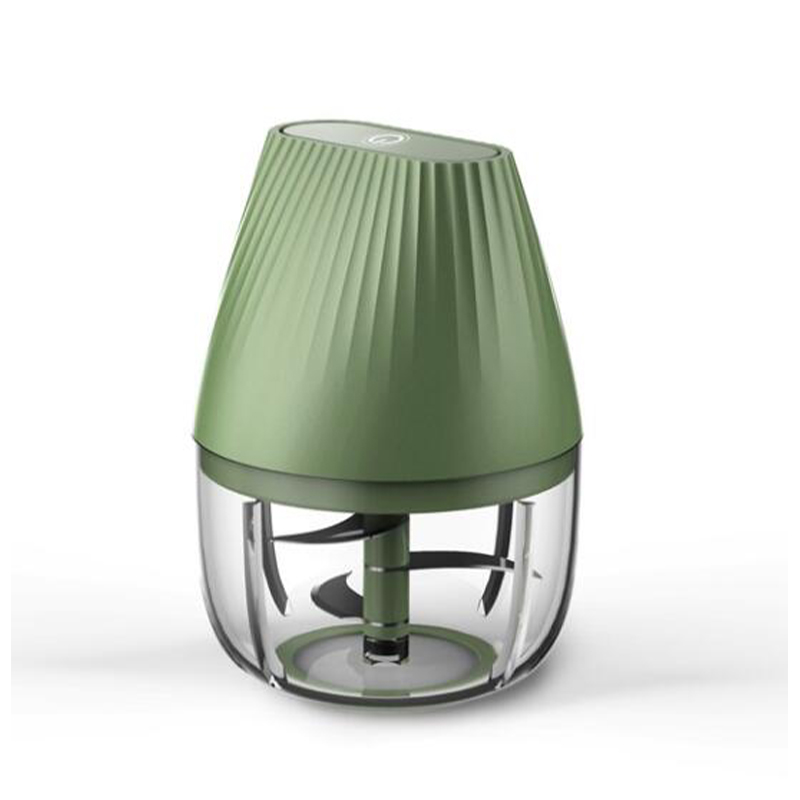The material composition of a meat chopper is pivotal in determining its cleanliness and durability. Stainless Steel is widely regarded for its superior properties in resisting corrosion, staining, and rust. Its non-porous surface does not absorb food particles or odors, making it easy to sanitize. High-carbon stainless steel blades offer exceptional sharpness and longevity, reducing the need for frequent sharpening and maintenance. Plastic components, when used, should be high-grade and resistant to warping or staining. Advanced plastics with antimicrobial properties can further reduce bacterial growth and ease cleaning. Composite materials that combine the benefits of metal and plastic can also provide an optimal balance between durability and ease of maintenance.
The design and functionality of the blades are crucial for efficient cleaning and performance. Detachable blades are advantageous as they allow for disassembly and thorough cleaning of each part, minimizing the risk of contamination. Smooth-edged blades or those with a continuous surface are preferable over rivet-based or serrated designs, which can trap food particles and make cleaning cumbersome. Interchangeable blade systems offer versatility and convenience, allowing users to switch blades based on their specific needs without requiring separate cleaning procedures for each type.
The handle design impacts both the ergonomics of use and the ease of cleaning. Ergonomic handles that are free from complex textures or grooves help in maintaining cleanliness by preventing food residue accumulation. Handles made from non-porous materials such as certain high-grade plastics or rubberized coatings are resistant to stains and odors. Ergonomic considerations also include the handle’s weight distribution and grip comfort, which affect overall handling and ease of use, indirectly influencing the frequency and effort involved in cleaning.
The overall construction and assembly of the meat chopper are critical for maintenance. A modular design with fewer interlocking parts simplifies the cleaning process. Choppers with snap-fit or tool-free assembly allow for quick disassembly and reassembly, making it easier to access all components. Seamless construction where parts are smoothly integrated without gaps or joints is ideal for preventing food buildup and facilitating easier cleaning. Self-cleaning mechanisms or integrated cleaning systems, if available, can further streamline maintenance processes.
Dishwasher-safe components are a significant advantage for modern meat choppers. Components labeled as dishwasher-safe are engineered to withstand high temperatures and vigorous cleaning cycles without deteriorating. Dishwasher compatibility not only enhances convenience but also ensures thorough sanitation, reducing manual scrubbing and the potential for human error in cleaning. Guidelines for proper loading in dishwashers can further optimize cleaning efficiency and prolong the lifespan of the meat chopper.
The surface finish of the meat chopper plays a critical role in its cleanliness. Polished or brushed finishes are highly effective in preventing food particles from sticking and are easier to wipe clean. Textured or matte finishes, while sometimes used for aesthetic or functional reasons, can trap residues and may require more intensive cleaning efforts. Non-stick coatings or protective layers that resist stains and corrosion can further enhance ease of cleaning by reducing the adherence of food particles and simplifying surface maintenance.



 English
English 中文简体
中文简体 English
English 中文简体
中文简体
















